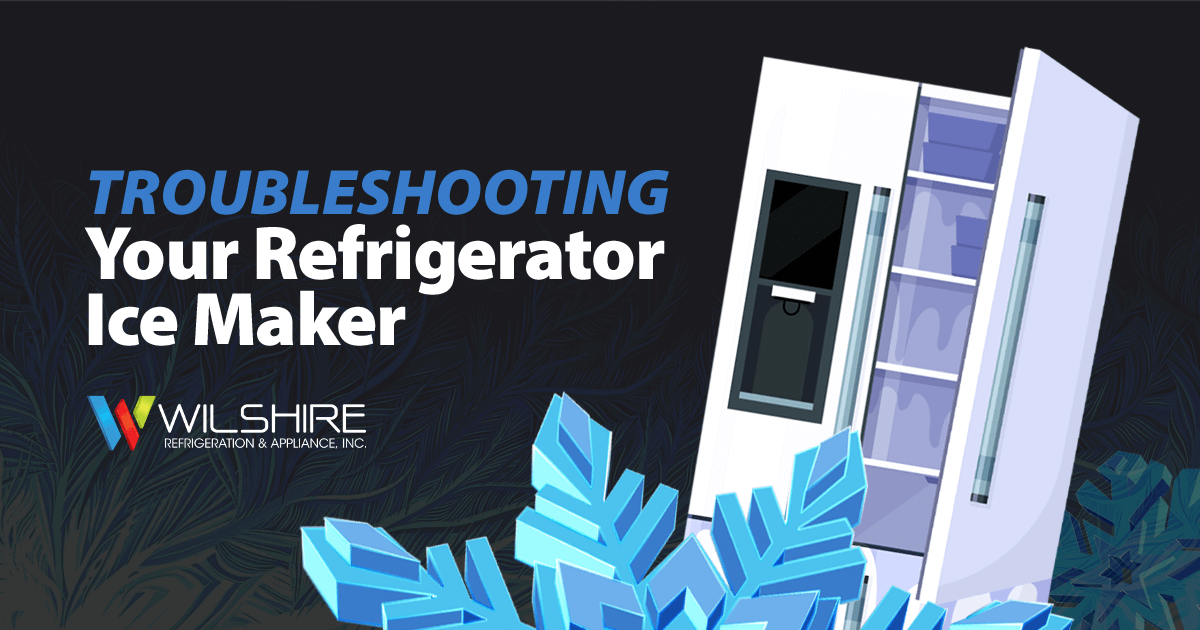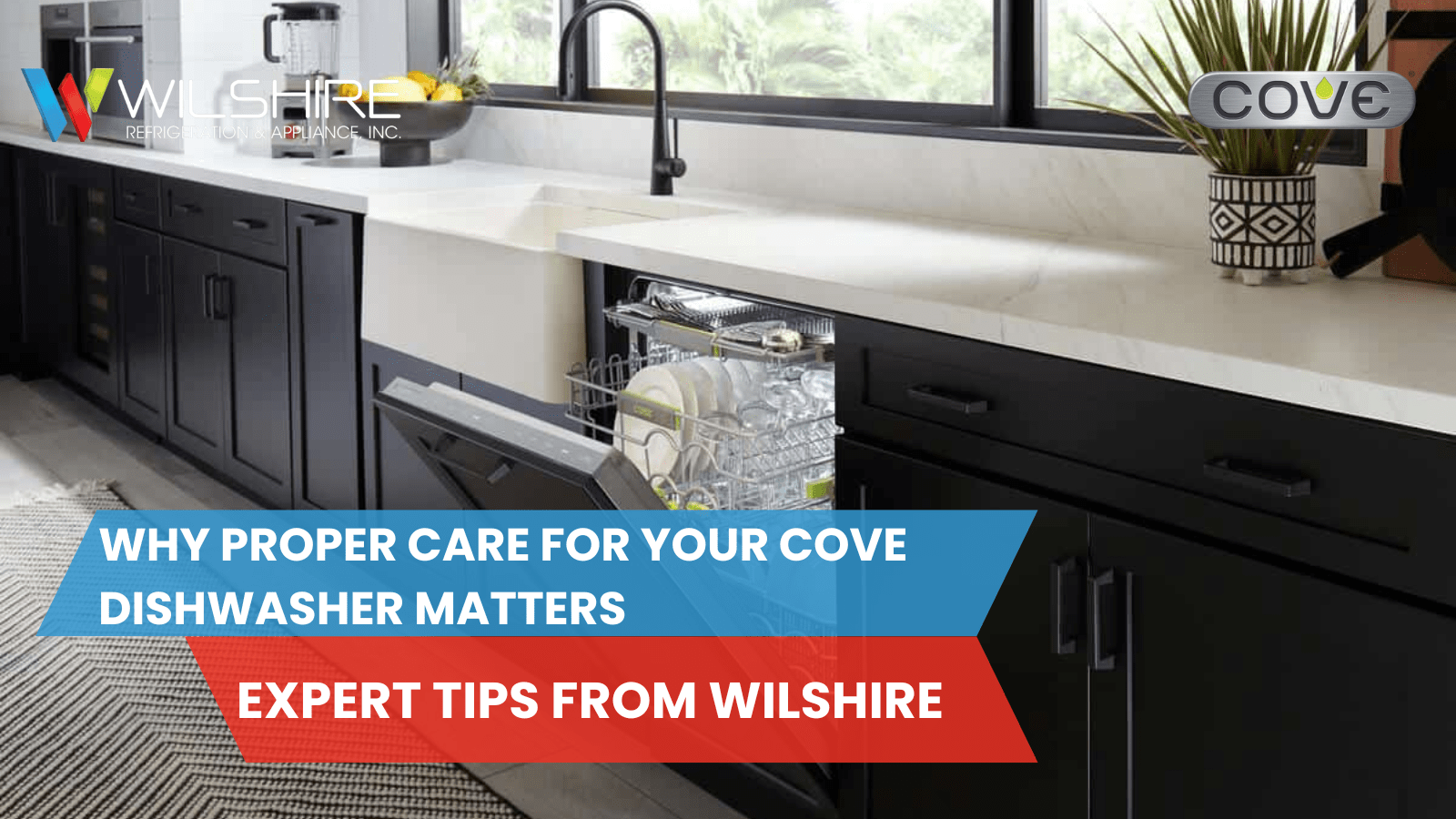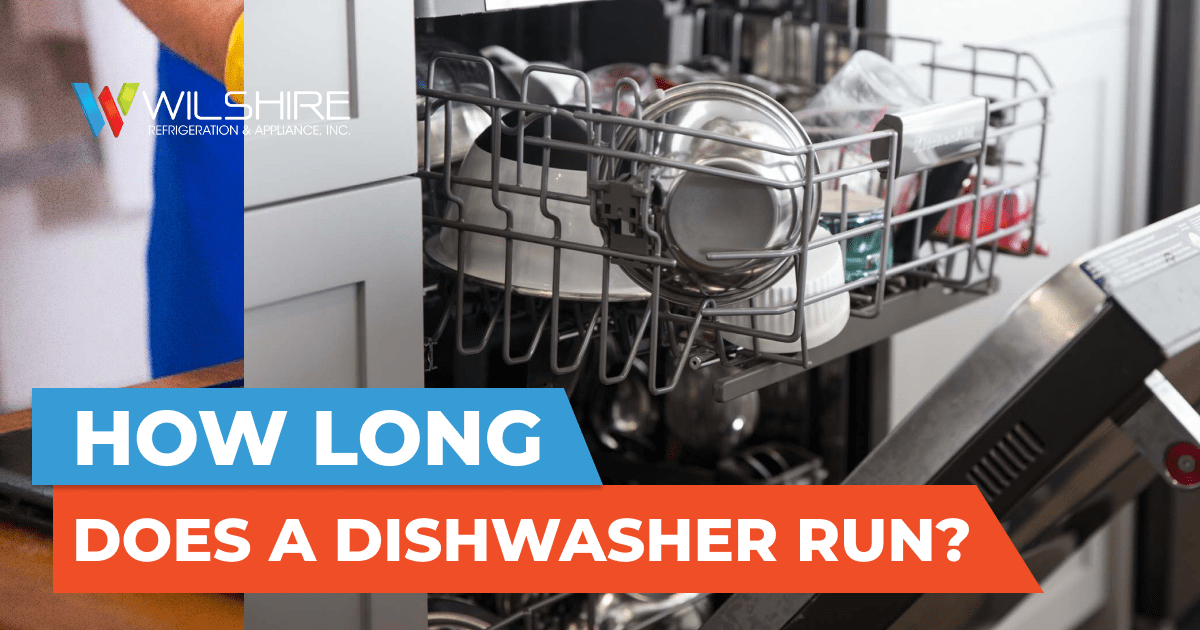An ice maker is a convenient feature on modern refrigerators. It is generally reliable, but problems can occur; some can be corrected on your own. With a little troubleshooting, you can get your refrigerator ice maker working again or decide when it’s time to call a repair technician. Here’s a look at how the unit works and common issues you’re most likely to encounter.
Learn How Your Refrigerator Ice Maker Works
Water enters the unit through a ¼ inch supply line from the fridge. It is received by a water pipe or filter and passes through a water fill valve, while a thermostat serving the icemaker controls the temperature so that water can freeze. Once water is fed through a fill tube, it enters a mechanized assembly with an ice mold. A solenoid allows the thermostat to turn off the water supply after the water in the ice maker freezes. A heater then warms the ice cubes slightly so they can be released from the mold. A motor moves the ice ejection arm that pushes the cubes out of the mold into the collection bin. The cycle repeats as the fill valve turns on again.
Troubleshooting the Most Common Problems
The Unit Is Not Making Ice
An ice maker can stop working for several reasons. If you are not receiving ice from the system, check for the following:
- The Ice Maker Is Switched Off: Check the switch or digital controls, depending on the model, to make sure the device wasn’t turned off by accident.
- Check the Water Supply Line: If you see motion and hear the ice maker running, its internal mechanisms are probably okay, but a blocked or kinked water supply line is preventing ice from being made. If it’s frozen, unplug the fridge, turn off the water supply line, and defrost it with a hairdryer.
- Misplaced Bail Wire: The bail wire shuts the unit off when in the upper position. For the ice maker to run, the wire must be in the down position. Check the wire to make sure it is where it’s supposed to be.
- Control Arm Is in the Wrong Position: In some models, a control arm pauses the unit when it’s full; it can be moved accidentally, break, or fall off causing the ice maker to stop working. Also, check whether the pause feature was turned on.
- Defective Solenoid: Look for the solenoid near the back or bottom of the fridge, where it attaches to the water line. The sediment screen can be clogged. If that’s not the issue, check the seals and diaphragms for damage or wear, or a wiring problem.
- Failed Tap Valve: It connects the water supply tube and water pipe. If the tap valve isn’t working, it must be replaced along with the inlet valve. While there are ice maker connection kits you can use yourself, it’s best to call a technician to make this repair.
What If My Ice Maker Doesn’t Turn Off?
Your refrigerator ice maker is designed to shut off when the ice bin fills up. If not, try lifting the bail wire to turn it off. Then remove the ice bin and ice maker unit to clean it. If the problem continues, the ice maker and valve may need to be replaced.
Not Enough Ice Is Being Made
An ice maker may have reduced output due to:
- A Leak: If water is leaking from a supply line, the ice maker won’t make enough ice. Check that the refrigerator and ice maker are level, whether the water supply is damaged, and that the fill cup and water funnel are aligned. Otherwise, there may be a hidden leak you need a plumber to find.
- Frozen Ice Maker: Water will freeze too soon if the thermostat is set too low. If the unit is frozen, unplug the refrigerator, remove the ice bin, and remove any loose ice. Then find the fill tube, remove it, and warm the hose using a hairdryer, avoiding any contact with water. You can also soak the supply tubing in hot water
Ice Is Not Ejected
If the unit is not releasing ice, the motor assembly isn’t working. You can buy a motor module and replace it yourself or hire a technician to do it.
Other Issues to Check
Sometimes, an ice maker can produce misshapen, fractured, or frosted ice that gets tucked in the mold. If a batch of ice gets stuck, the system cannot form more. Pouring warm water into the ice maker tray can resolve this problem. If the ejector assembly has malfunctioned, check for ice blockages. When this isn’t the cause, there could be a problem with the motor, gear, or flap; faulty components will need to be replaced.
Call Wilshire Refrigeration & Appliance
We are factory certified to provide all types of service for Sub-Zero refrigerators. If you have a faulty refrigerator ice maker, we can accurately troubleshoot the problem and perform the appropriate repairs. Call 800-427-3653 today to request service.





